10 Must-Dos on the First Day of School
This blog post lists ten must-dos for the first day of school!
I want to share some actions you may know (or may not know) to ensure you have a great first day! I also included FREE printables to help you have a successful first day!
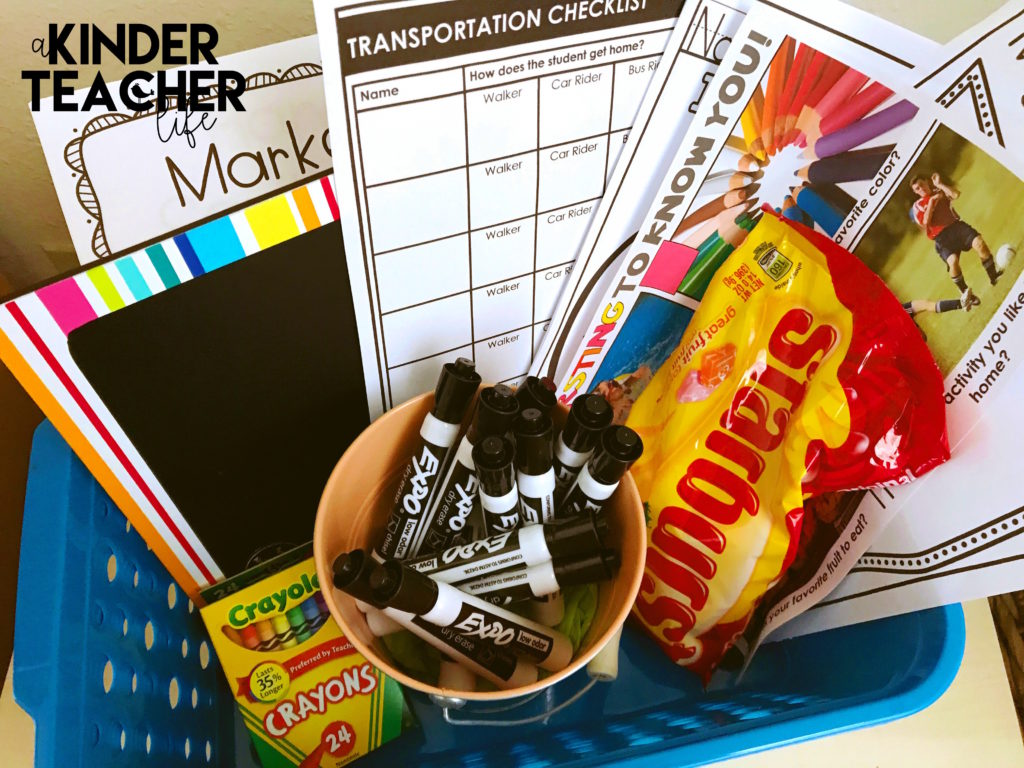
Let’s Get Started!

First and foremost, make sure you know how your students get home! I usually meet with most of my student’s parents during the open house, but there have been instances when parents couldn’t make it. On the first day of school, I make sure to introduce myself to their parents and find out how their child gets home.
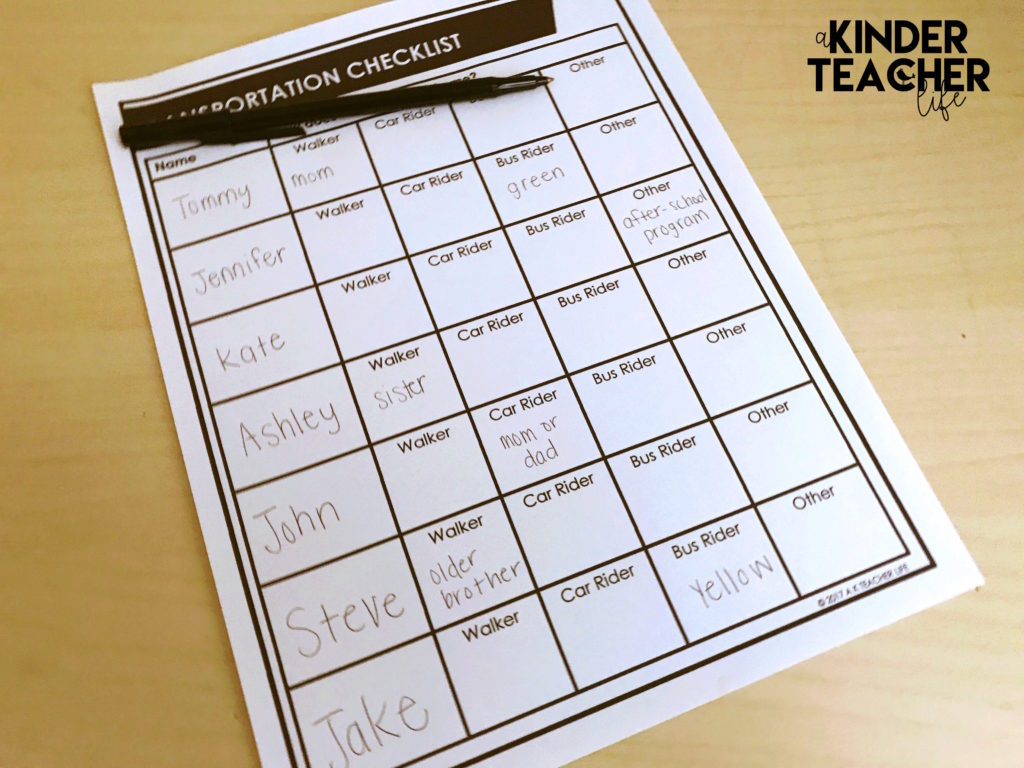
To track how they get home, I place the Transportation Checklist (see above) on a clipboard and record how they get home. I am always as specific as possible. For example, if Tommy is a walker, I write Tommy and under “walker.” I also wrote the name of the person who will pick them up. If the student is a bus rider, I write the number or the color of the bus that he gets on. This helps me keep track of how my students are going to get home!

When the students come in, what do you want them to do? There are lots of ideas! You can have them use playdough, do puzzles, or color a picture. I usually have my students color a picture because it’s not messy, and it’s an activity that every student can complete independently, and it usually takes them a while to finish.
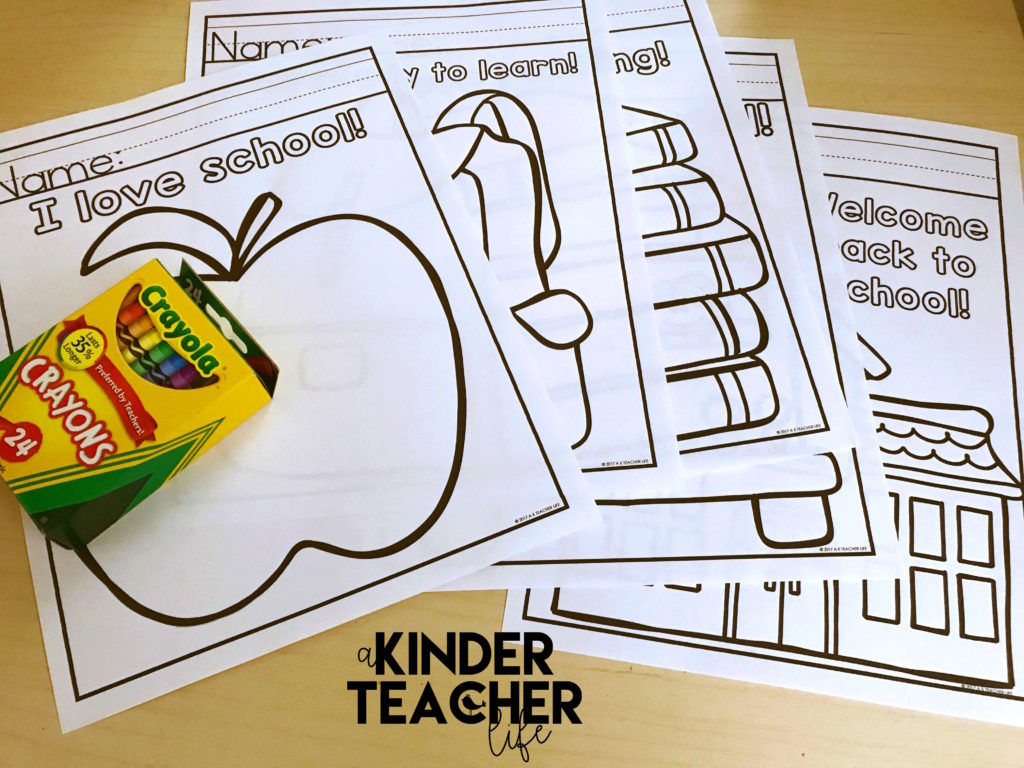
If they are finished coloring the picture, I tell them to flip the paper over and draw a picture of their choice. While they are coloring, you have time to talk to parents, collect and organize school supplies, or take a breather!
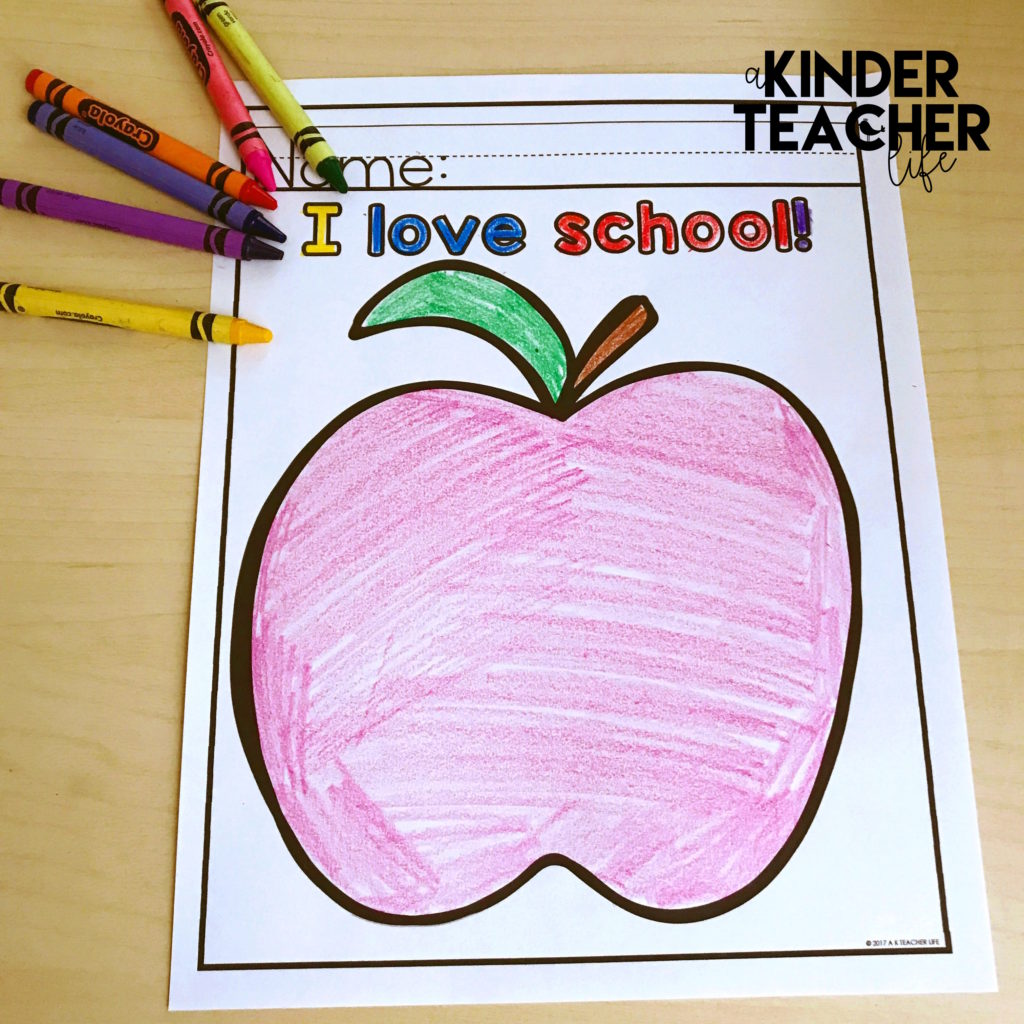
I have included 5 worksheets (1 per day) to get you through the first week.

Before you start explaining the rules and procedures, introduce yourself! Sharing information about yourself will allow students to “know you” and they may find out that you all have a lot in common! It’s a fun way to start making connections with your students. Do you have brothers or sisters? What’s your favorite kids’ movie? What do you like to eat? I like to write a book about myself, read it to the class, and put it in the class library.
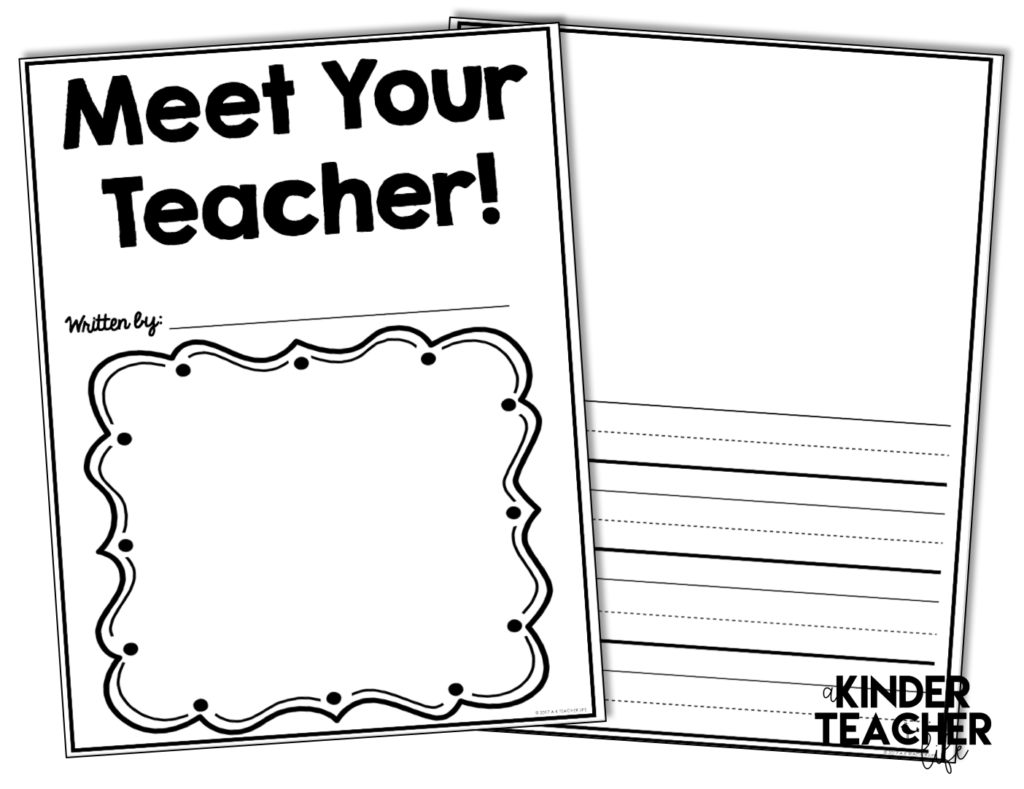

After you introduce yourself, have students introduce themselves. Some students are going to be very excited and eager to share information and others will be shy. One year, I called on a student to say her name and say her favorite color and she ran and hid behind a chair. So, be sensitive to the fact that some students may not yet feel comfortable with sharing information about themselves in front of the class and it may take them time to warm up!
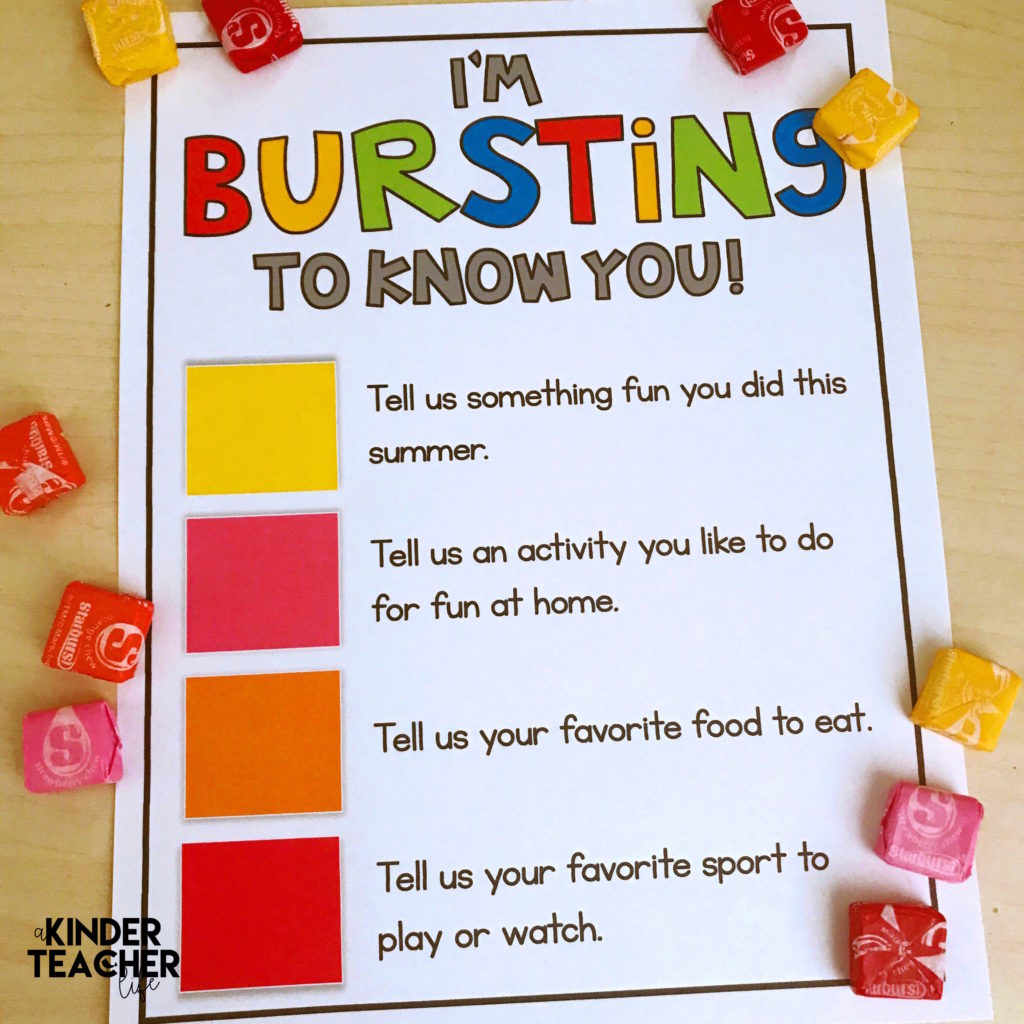
What about shy students?
Also, giving those shy students a chance to share is important! It may not be at the moment you ask them. It may be after they see several other students share and realize it’s not that bad, or it could happen at the end of the day. By giving them a chance to share when they are ready, you are acknowledging that what they have to say is important and that you value their opinions and feelings.
Here’s a fun sharing activity that will get your students talking!
Buy a pack of Starburst and put them in a cup or in a jar. Project “I’m Bursting to Meet You” document on your Smartboard or similar device. Explain to students that they must pick a starburst color and answer the question! Then, let them eat the Starburst (or not let them eat the Starburst).

Take lots of photos! The photos are for our job board, mailboxes, writing center name tags, and literacy center activities. At the end of the year, we always do a picture slideshow for families. I always include their first day of school photos!
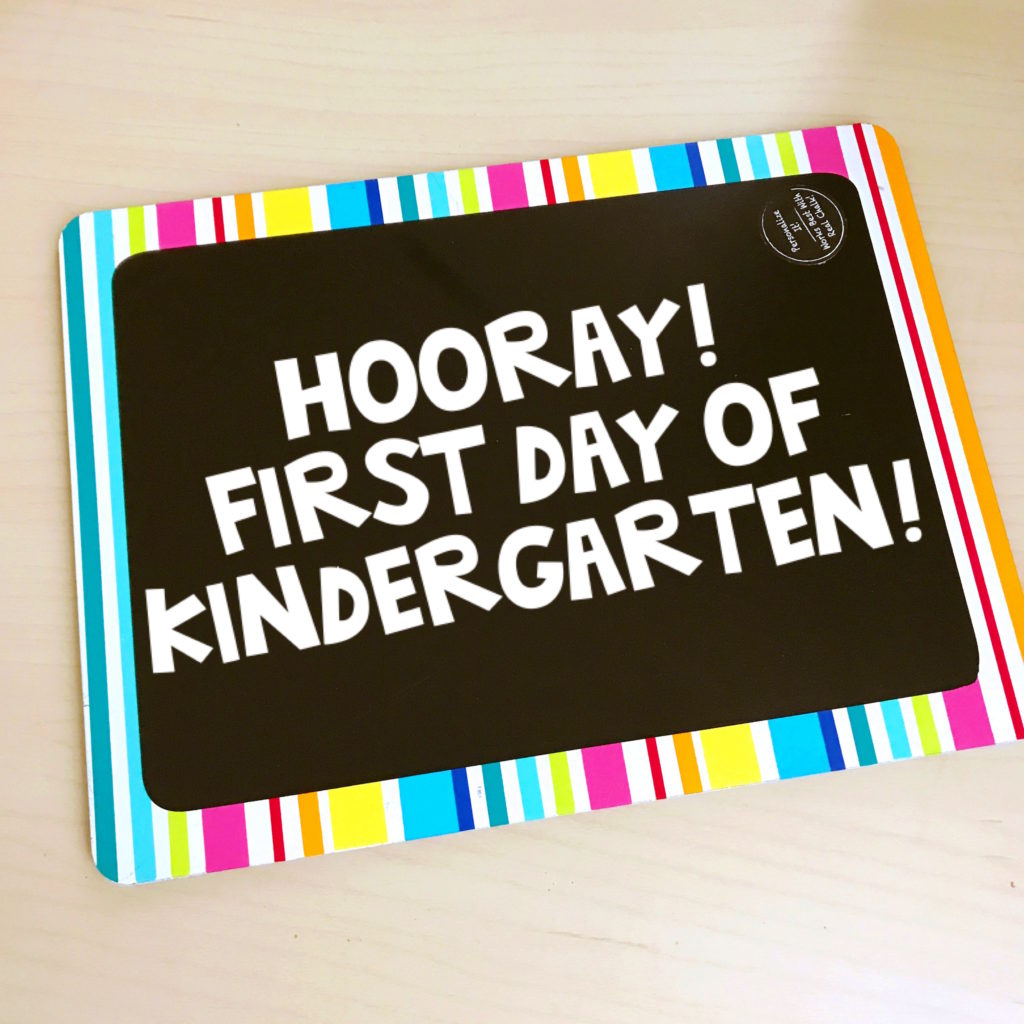

This is a great first-day-of-school activity! If you can’t get to it on the first day, try to get to it on the second day of school! To introduce this activity, I read a book about how we all look different, and that’s okay! I usually read Shades of People. Then, I have students draw pictures of what they look like. Last, we go on a gallery walk and admire everyone’s beautiful artwork.
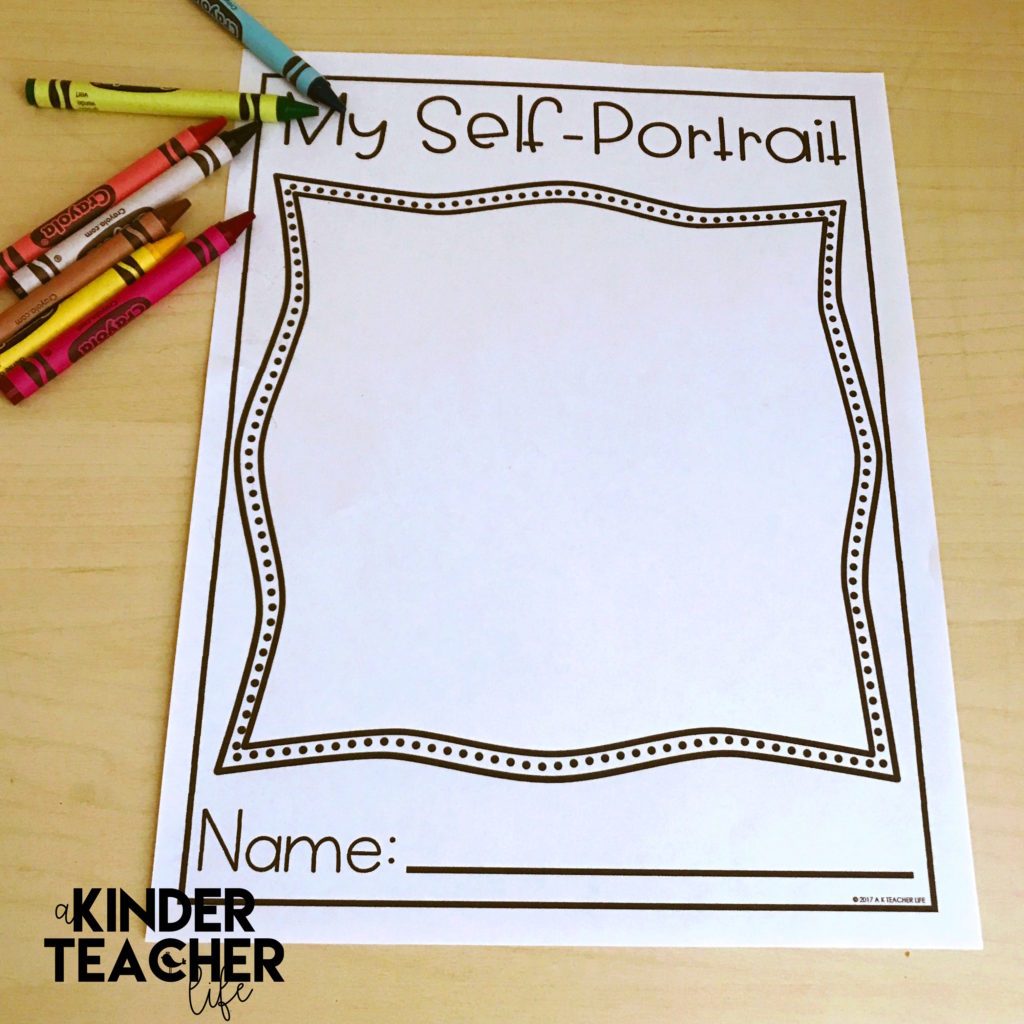
Self-portraits are also a good time to collect anecdotal data on students. You can observe 1) who can hold a pencil correctly or incorrectly 2) who can write their names and 3) what type of details did they include in their pictures.
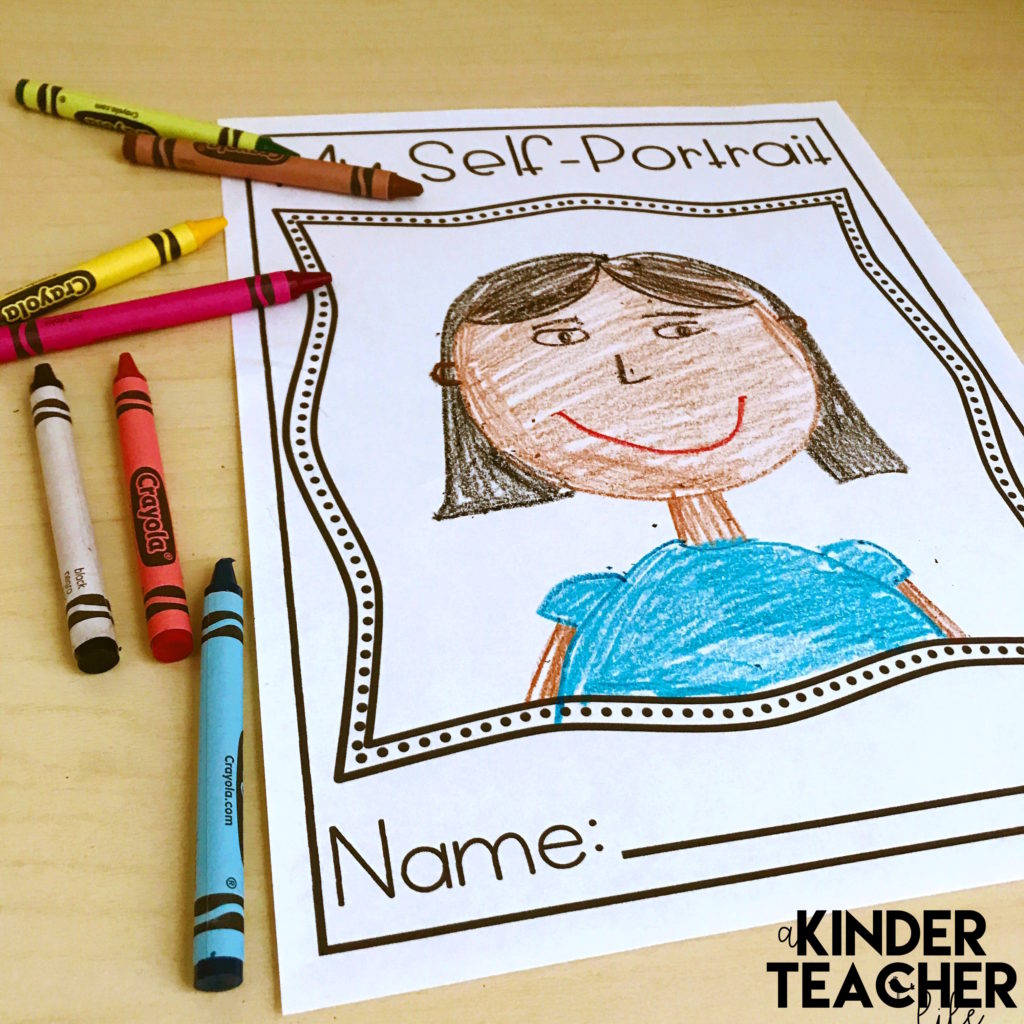

Students need to know what a good choice and a bad choice at school are. When I teach good and bad choices, I usually read a book about a character that makes bad choices.
Here is ab book that I have read over the years to teach good and bad choices:
As I read, I stop and allow students to share their opinions and discuss why the behavior is a bad or good choice.
Then, we sort good and bad choices at school.
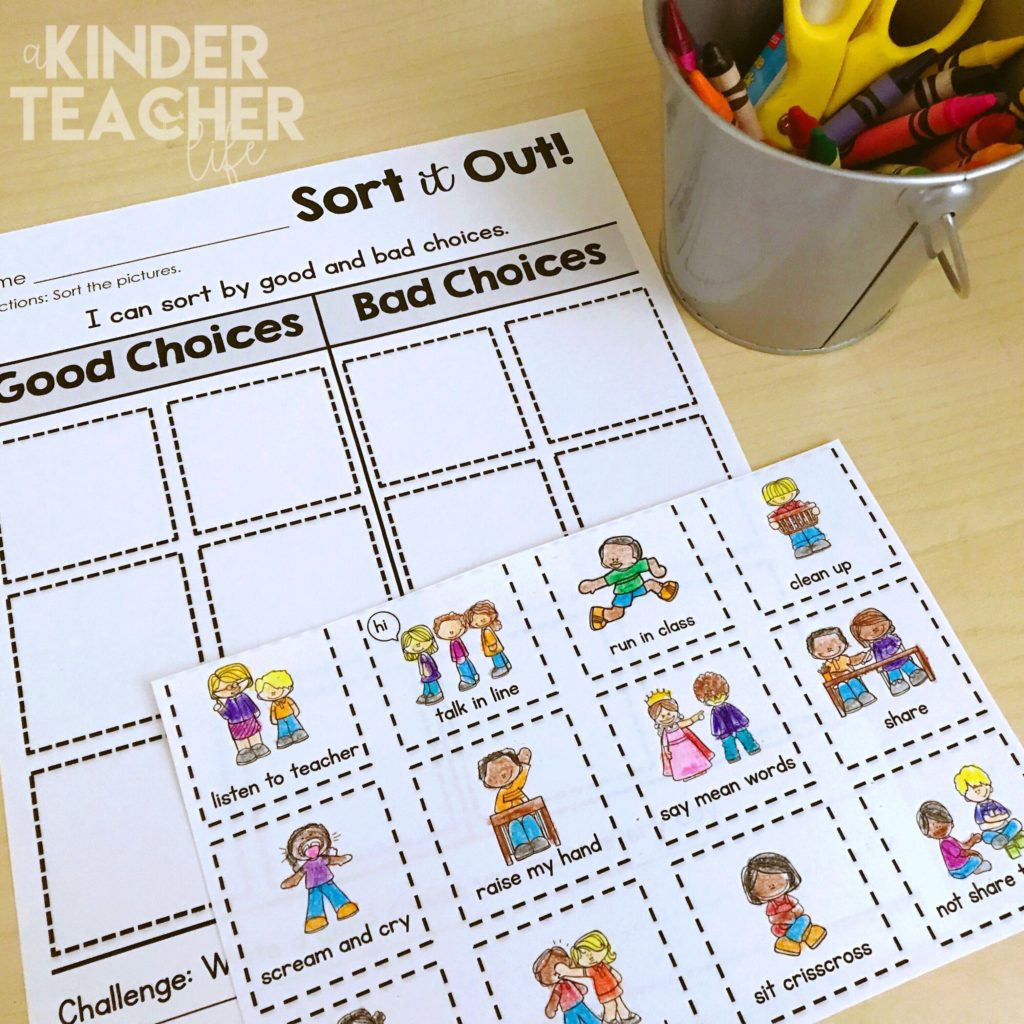
This helps students see what is a good choice and a bad choice and clarifies any misconceptions. After we discuss the rules, we develop class expectations and have them sign their names at the bottom. I also tell them about the REWARDS for good behavior, such as going to the treasure chest and getting certificates for good behavior and notes that they can show their parents!

In my classroom, students do not write their names on class supplies because we end up sharing everything. To avoid having my desk full of school supplies, I put out labeled bins and sort them as I receive them. It keeps my desk neat and school supplies organized!
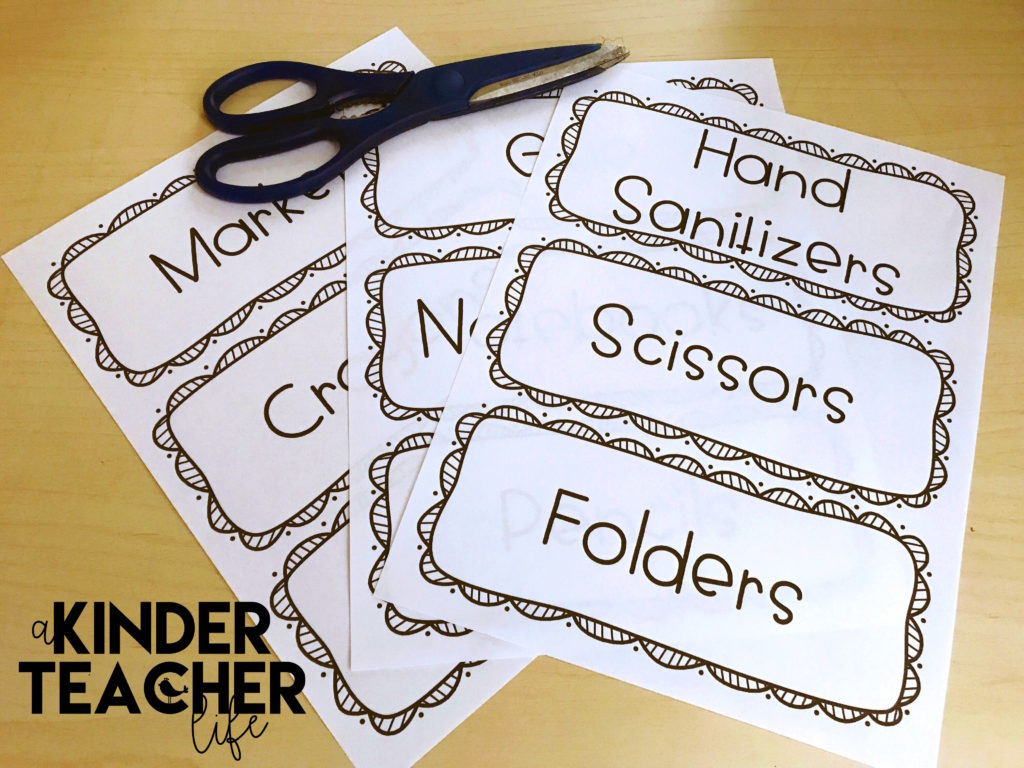
I have included these school supplies labels for you to use! They aren’t fancy but they’ll keep you organized the first day of school!
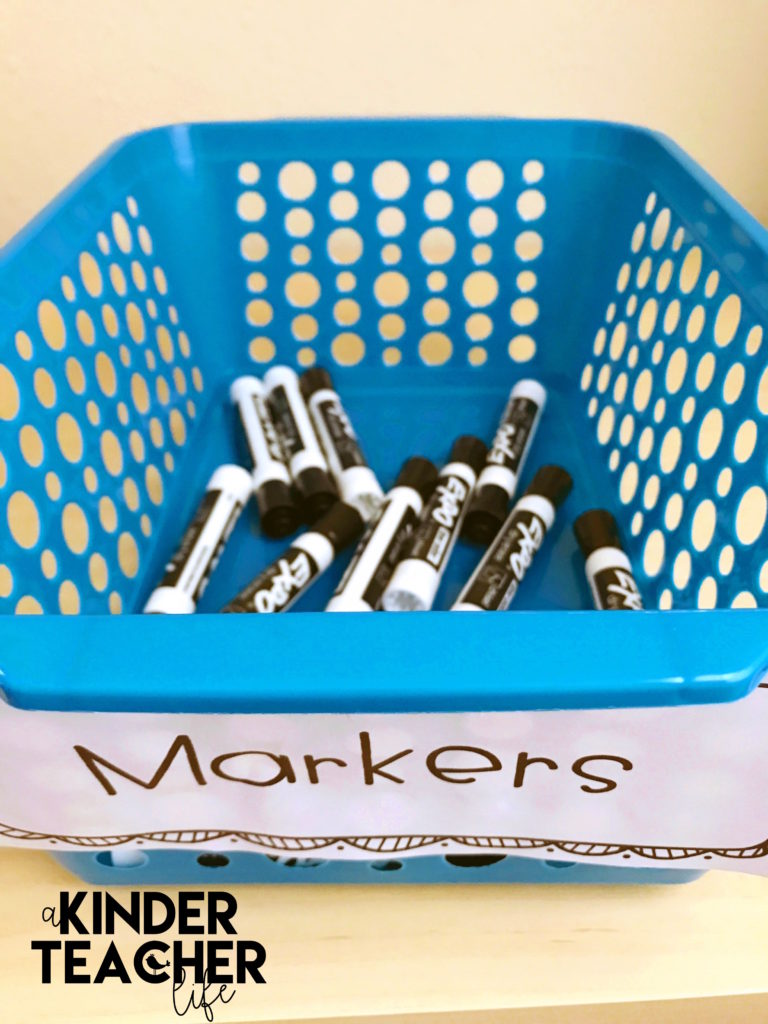

Going on a tour of the school will make it feel smaller and help students feel confident and safe in a new environment. While on the tour, students can meet their special teachers, the nurse, or a school administrator. This is also a great opportunity to teach students how to walk in the hallway.

Procedures are so important! I like to review procedures as we need them and in context. I have found that my students remember and apply them more this way. I also like to have pictures or photographs of each procedure. As the teacher, you must decide which procedures are the most important to teach and which ones you will teach as you go along. It’s the first day of school, so I wouldn’t go overboard. They take in a lot of information on the first day, and you want to ensure they remember and can apply what you teach them.
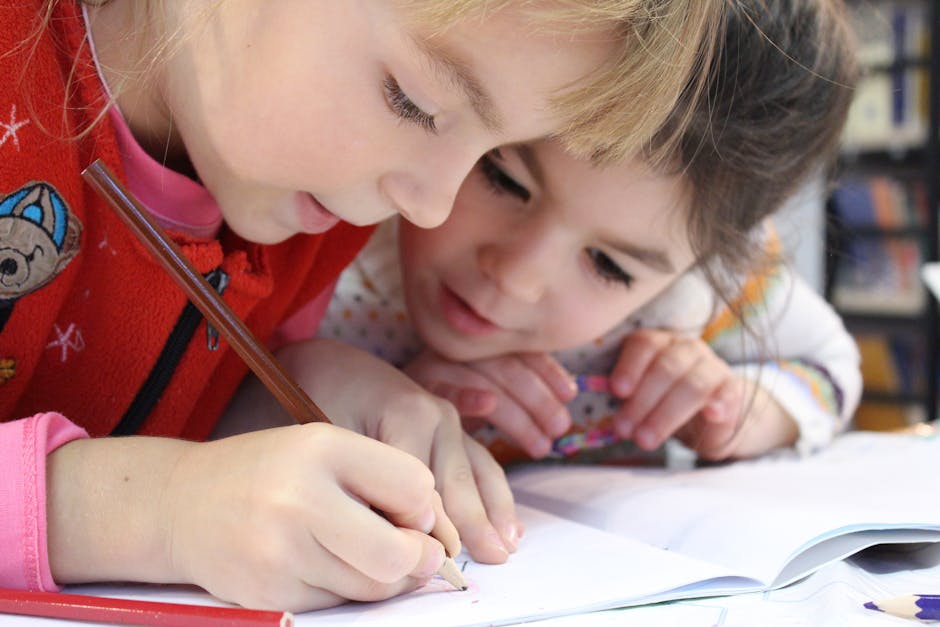
FYI, you will be reviewing procedures all year long! Don’t get too frustrated or disappointed when they forget! Just gently remind them of the correct way of doing it. The more practice and application they receive, the better they will get.
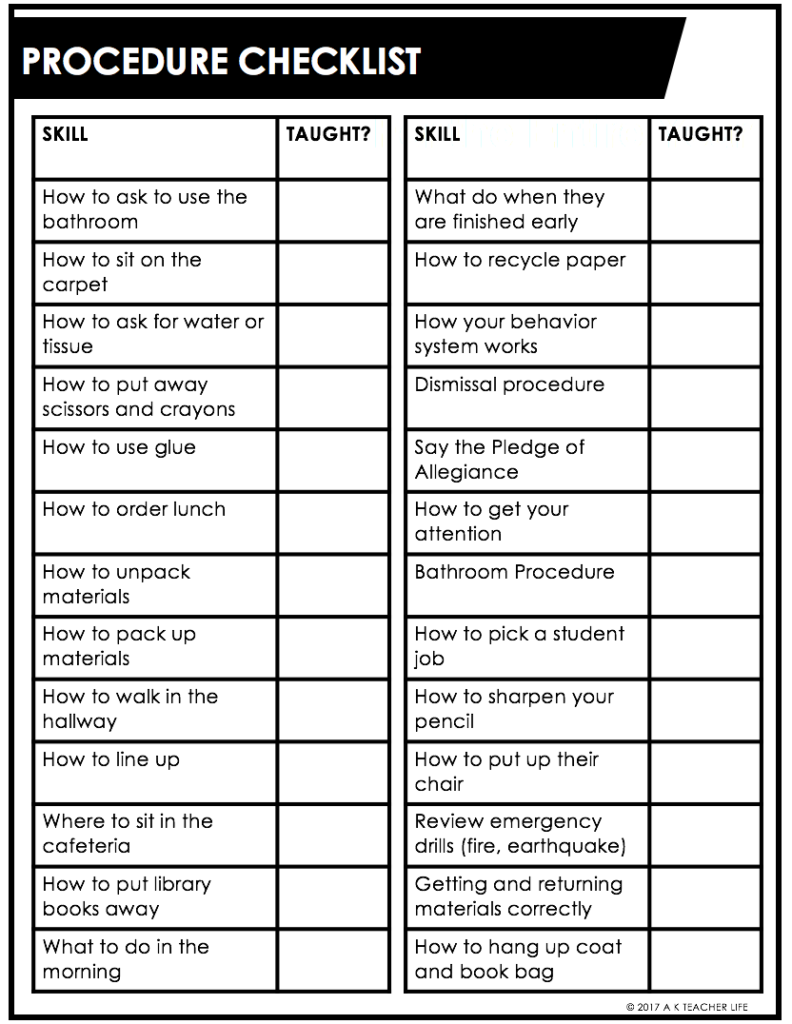
Which procedures should I teach on the First Day?
Here are some first-day procedures that I reviewed. Click on the links to access these free resources from other bloggers:
- How to ask to go the bathroom, get a tissue, or get water
- How to sit on the carpet
- How to put away scissors, crayons, and glue
- How to order lunch
- How to unpack in the morning
- How to pack up in the afternoon
- How to walk in the hallway
- How to line up
There are a lot of procedures that you must review, but these are probably the 8 most important procedures to review on the first day.
Here’s the link to my FREE documents to help you have a successful first week of school!
Here’s the link to the good and bad choice sorting worksheet!
Are you interested in learning how to use sorting worksheets in your classroom? Click on the image below to read how I use sorting in my classroom!
Get more Back to School activities here.
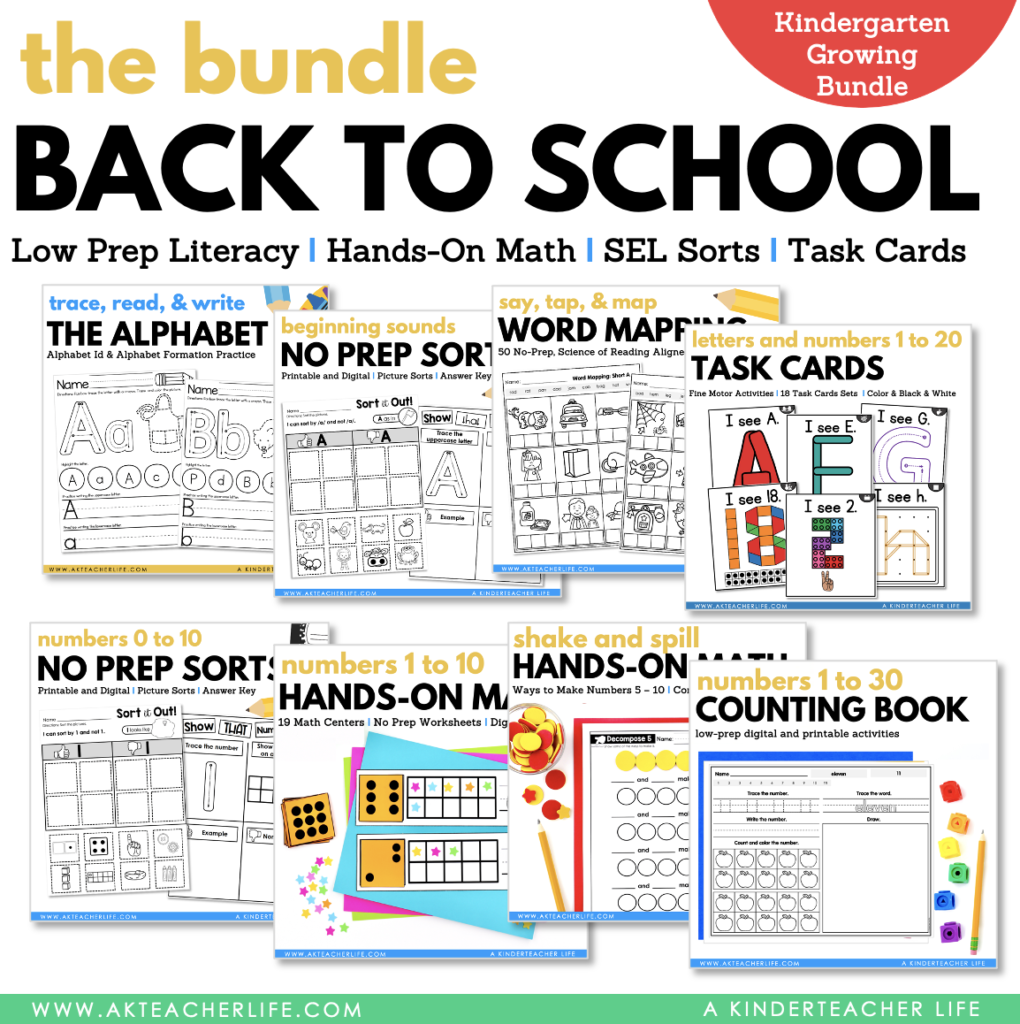
What are some tips you have for the first week of school? Leave your advice in the comment sections below!
Happy Teaching,
Tee

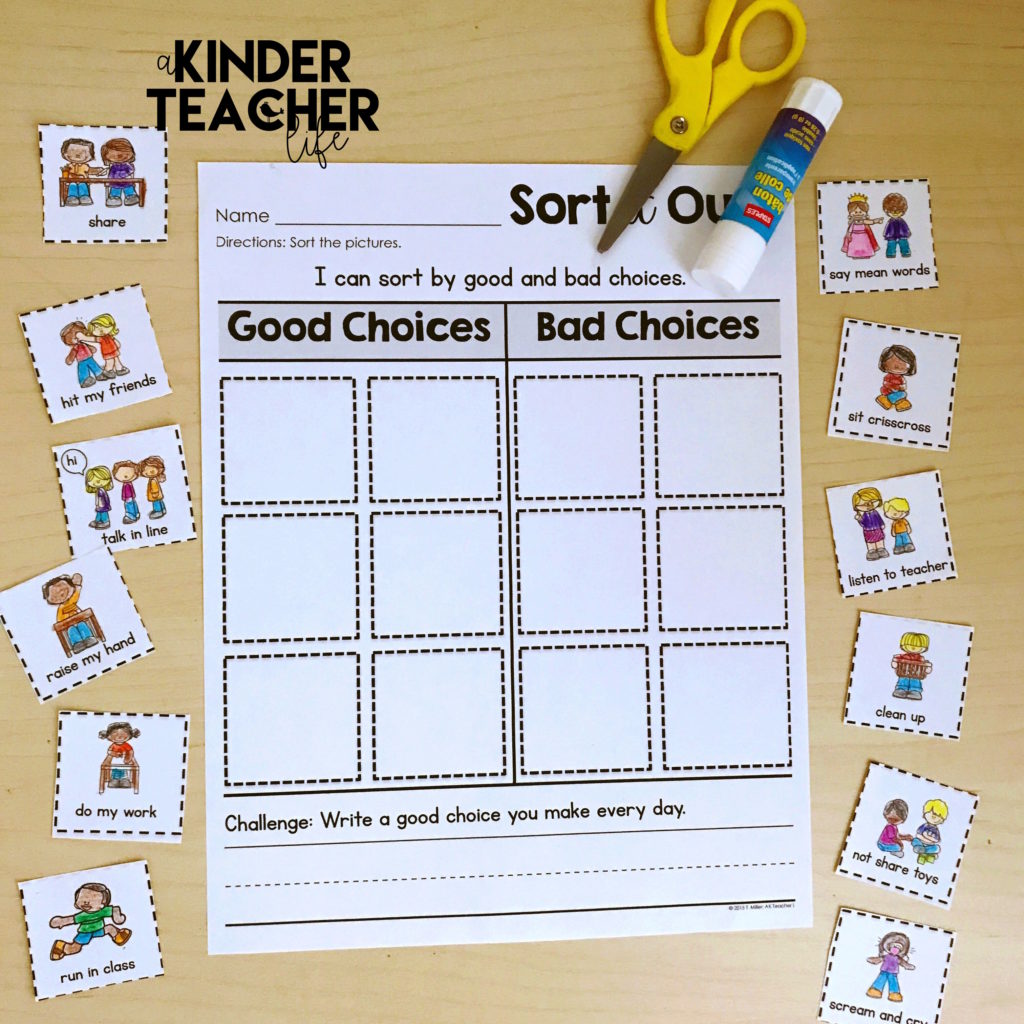


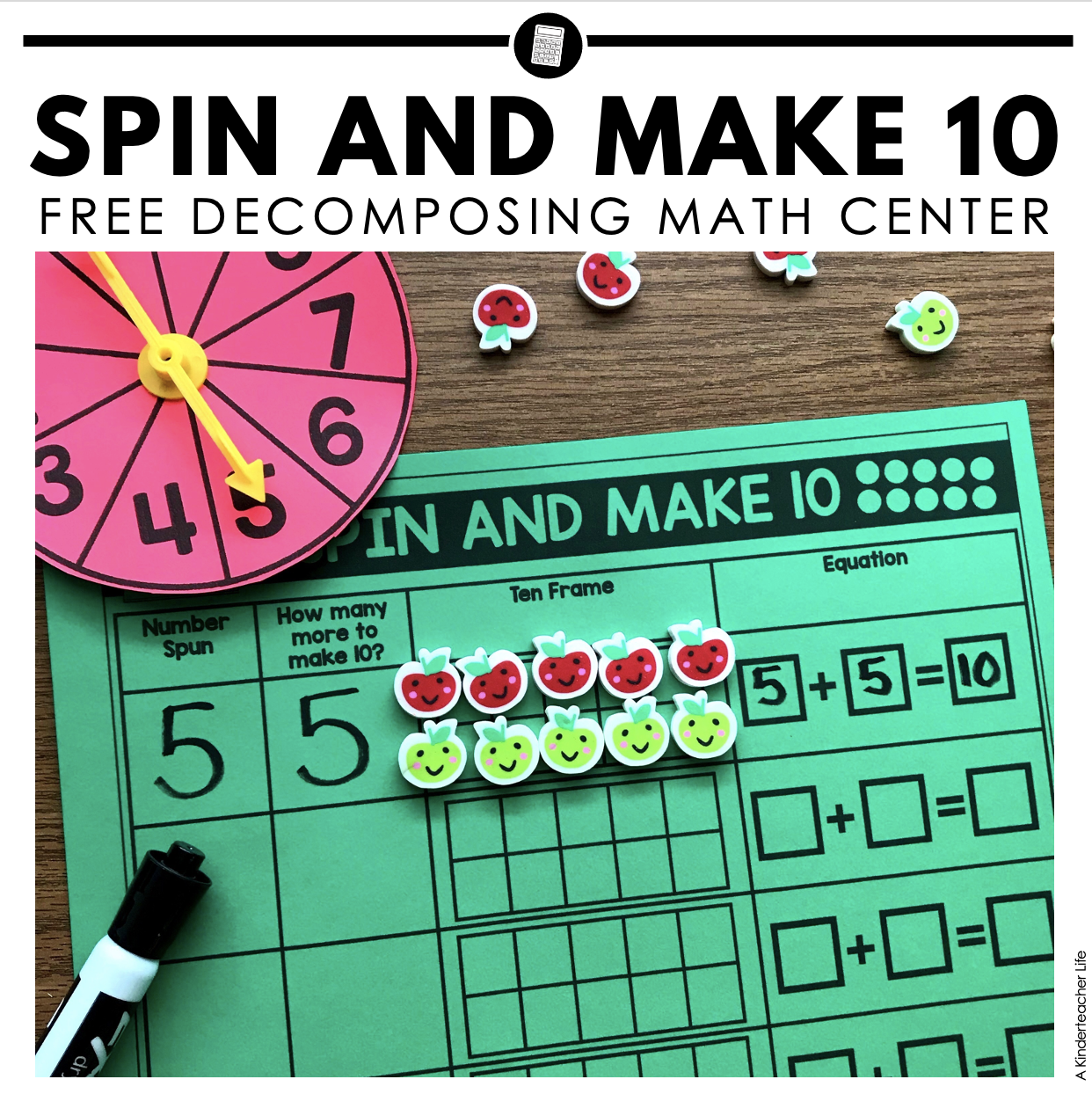
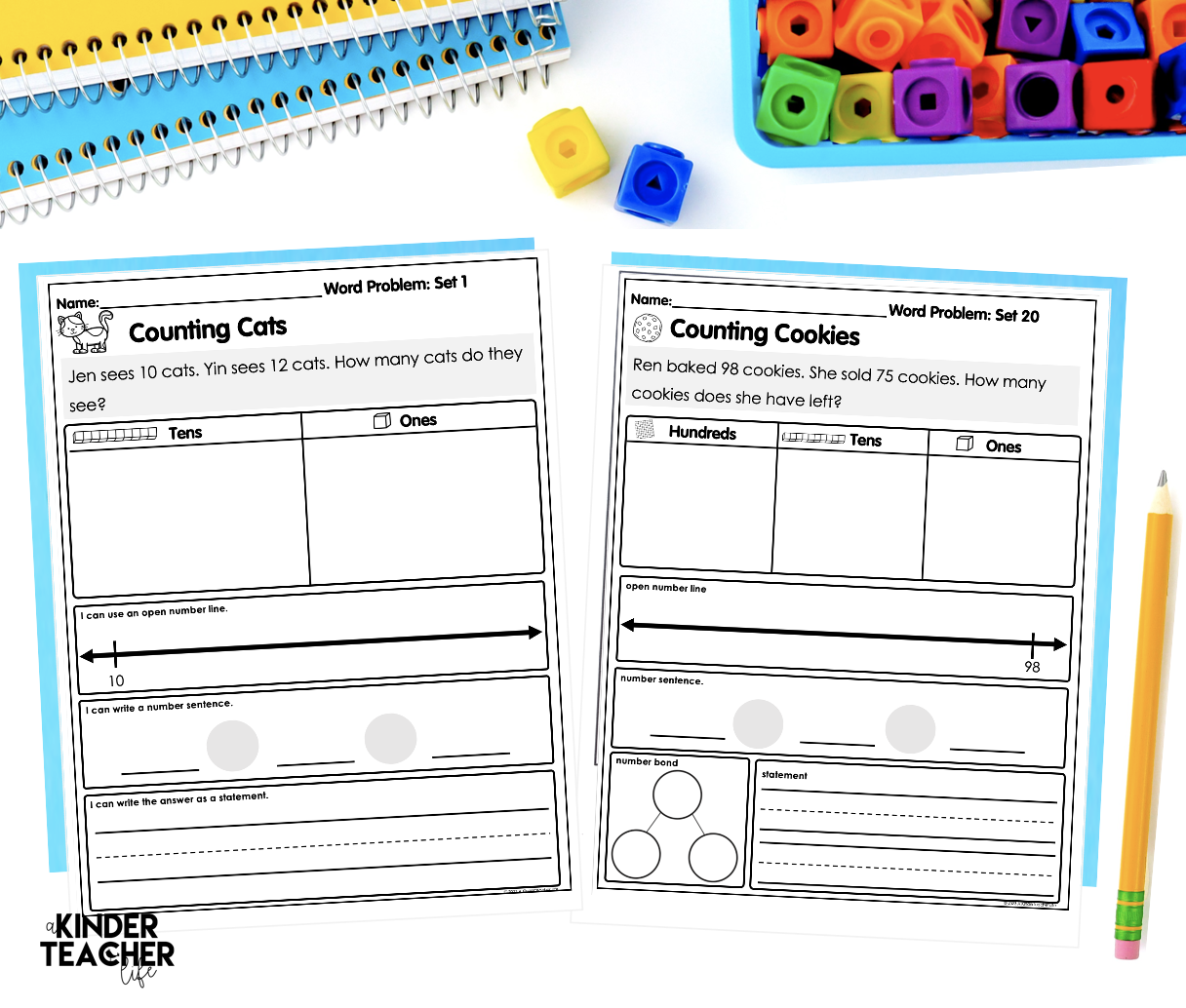
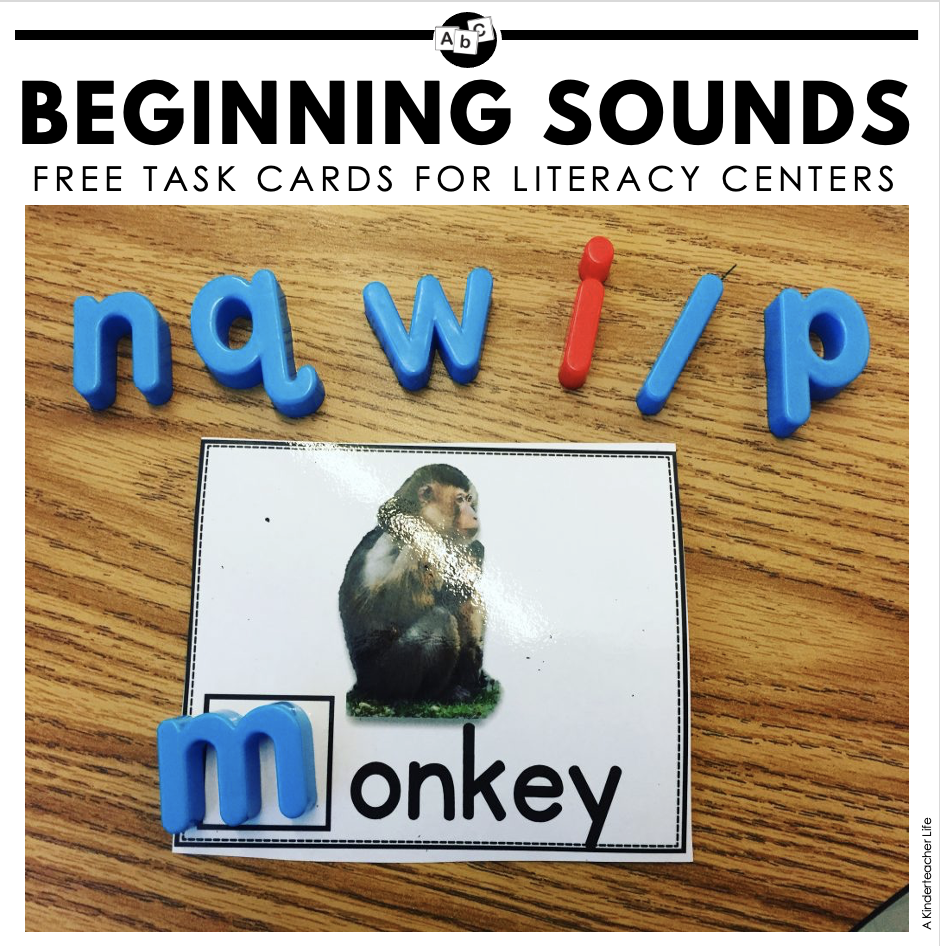
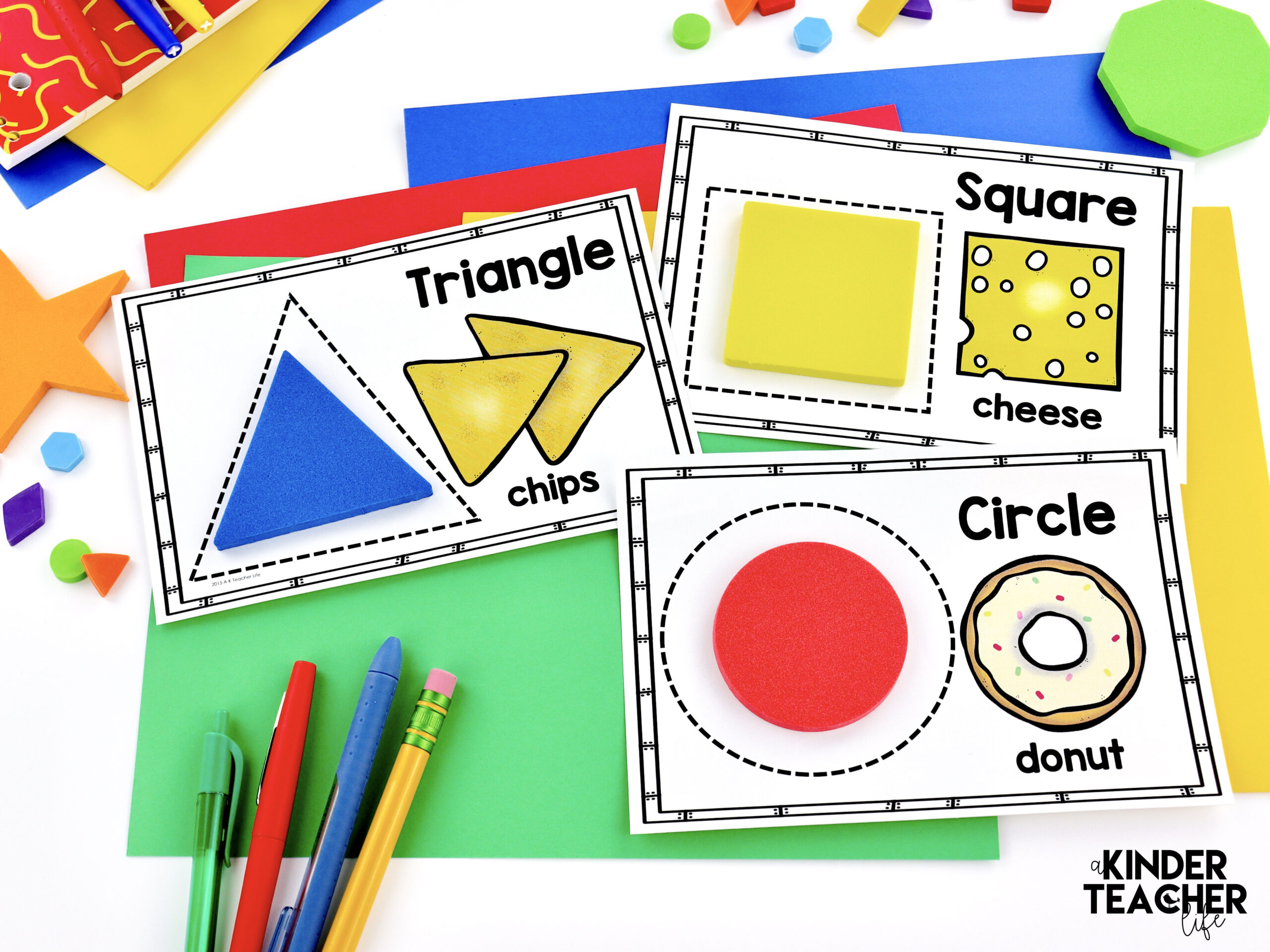
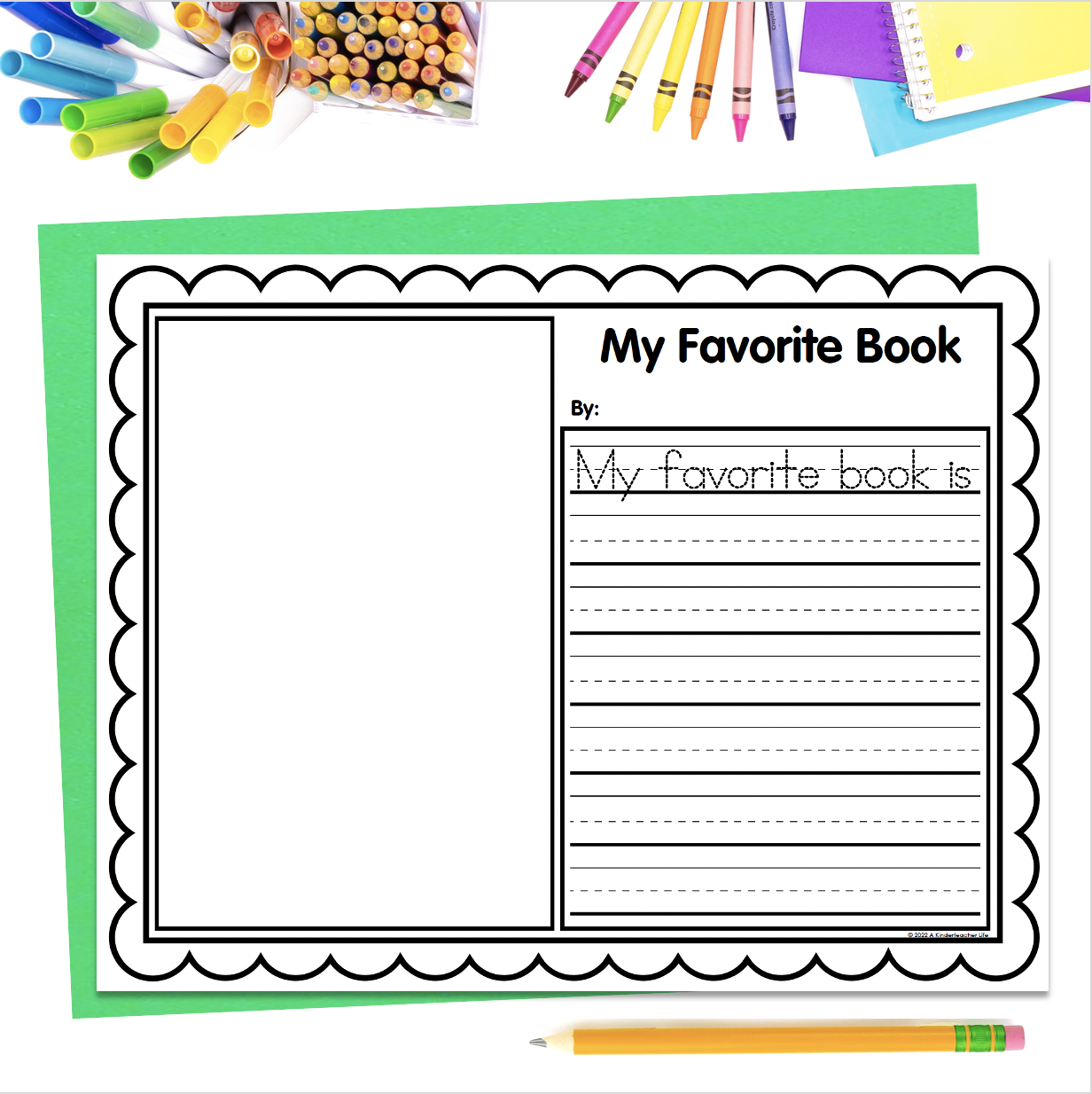
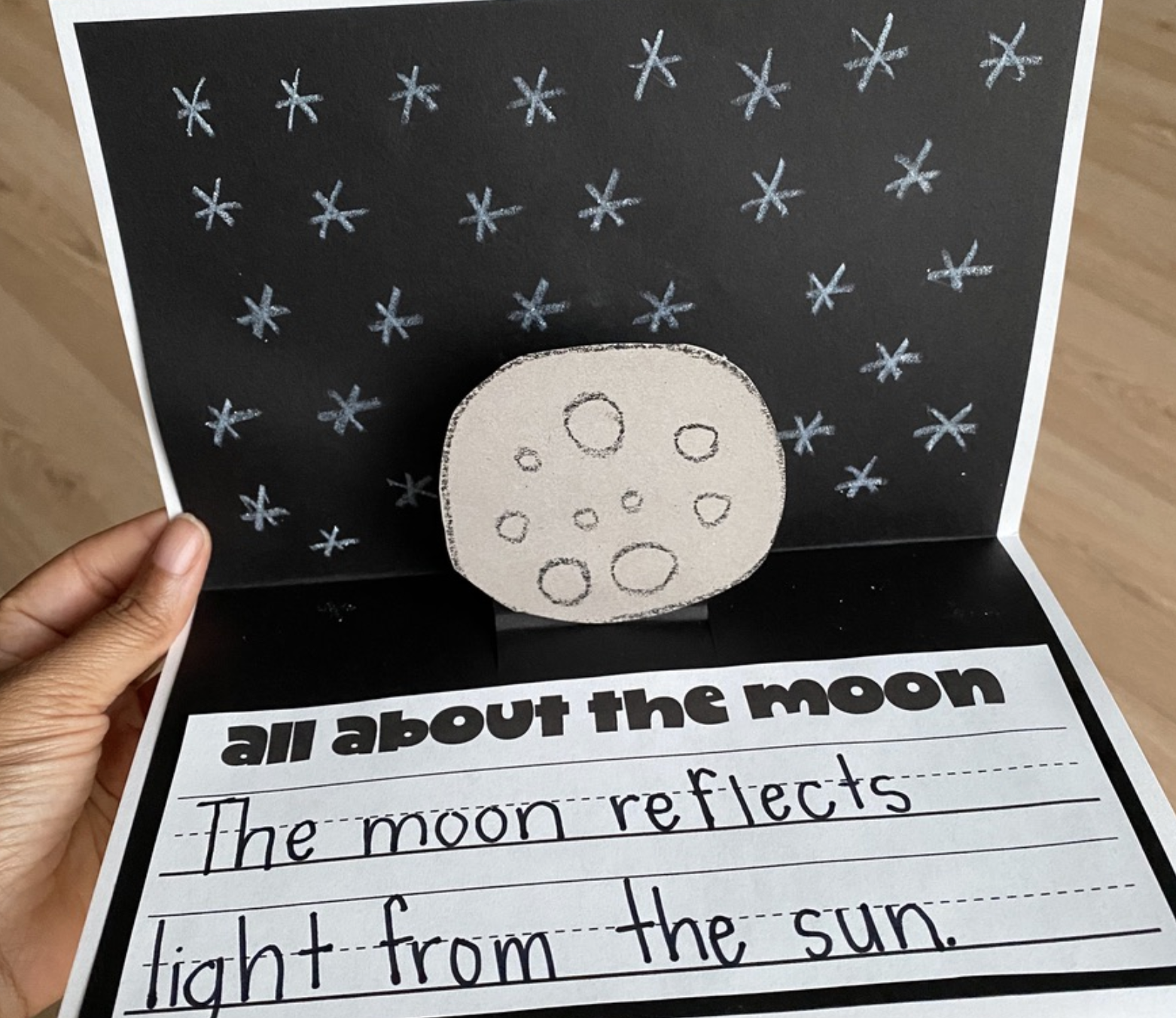

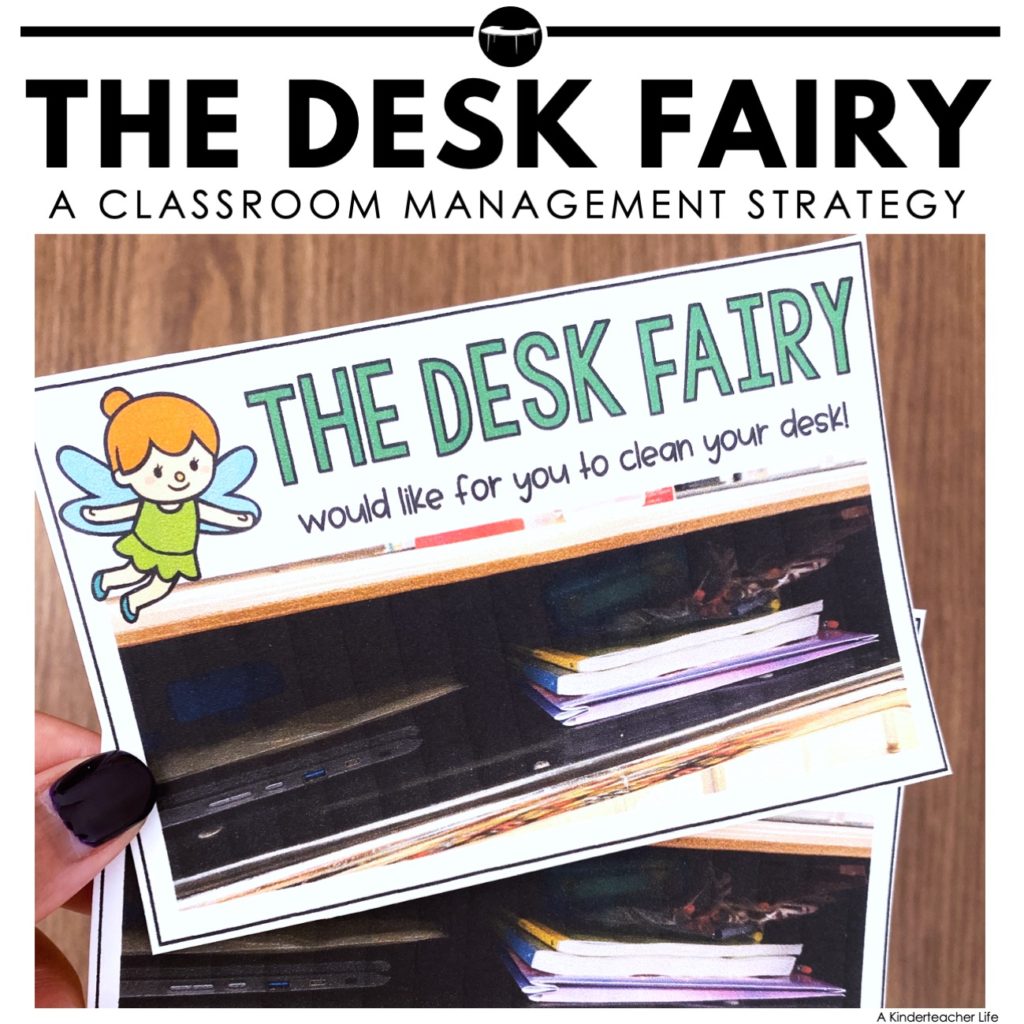
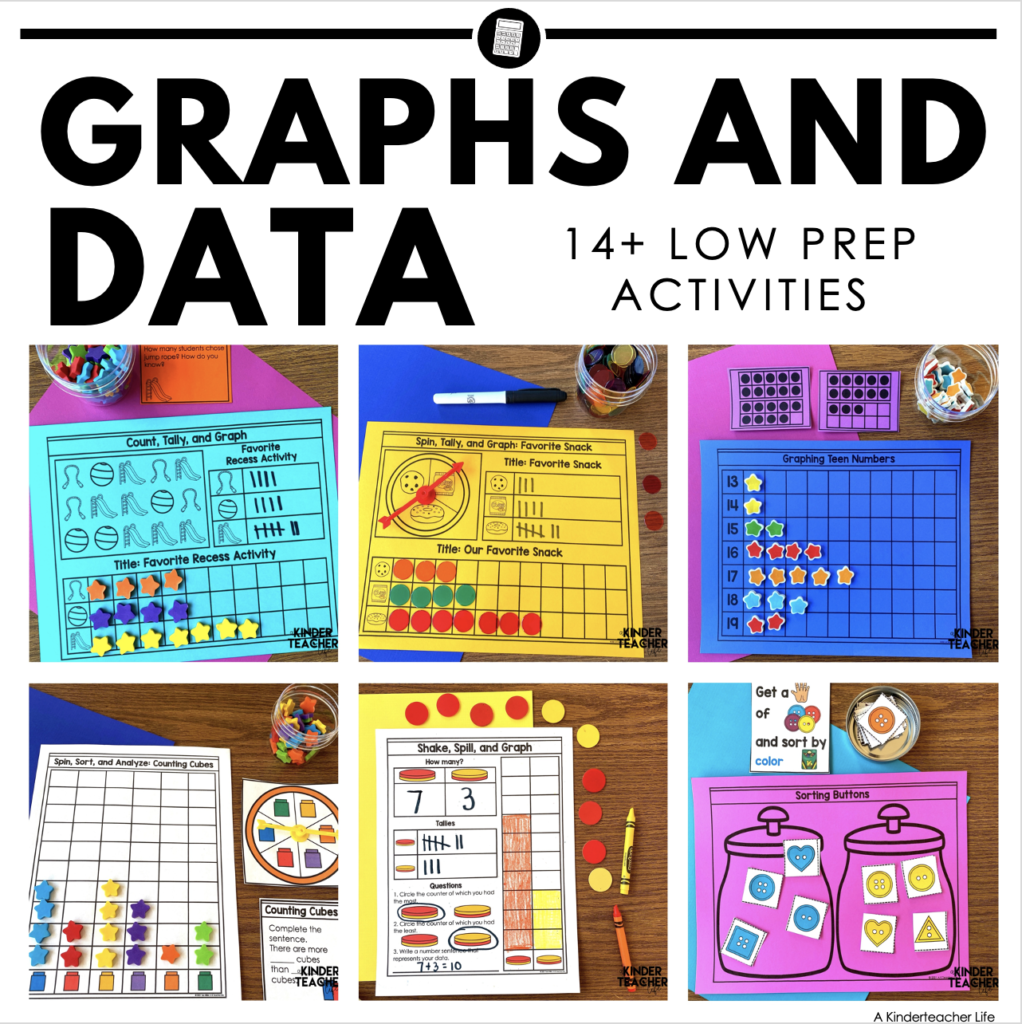

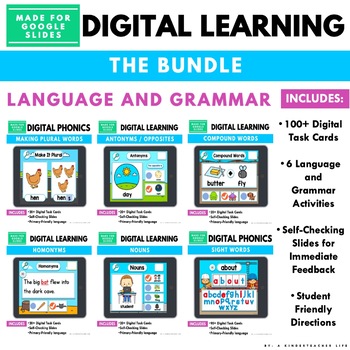
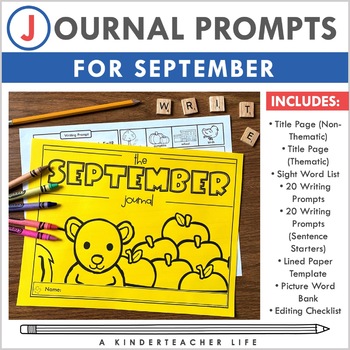
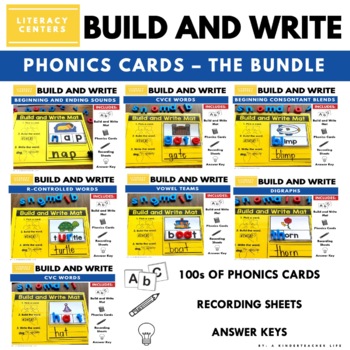

Thank you so much for sharing your thoughts and ideas!